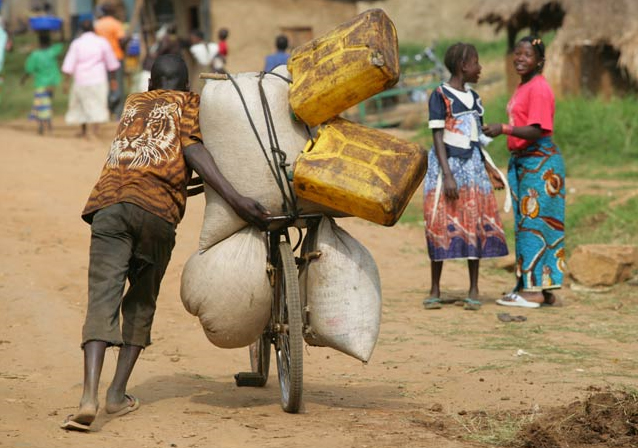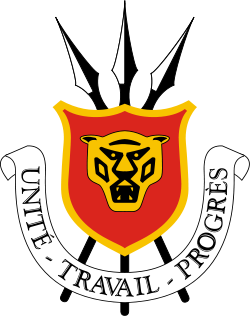Community Disaster Risk Management in Burundi
Project Overview
The overarching goal of the project is to safeguard development benefits for vulnerable communities from future climate change induced risks. The community disaster risk management project will enhance local climatic governance by building capacity of key actors and providing necessary risks management tools (e.g. contingency plans, EWS). The project will also promote sustainable and equitable economic growth through the adoption of adaptation-related technologies aiming to rehabilitate and protect vulnerable communities assets
Project Details
Key Results and Outputs
The project is expected to have the following outcomes –
Capacity for disaster risks preparedness is developed through the establishment of early warning systems (Outcome 1.1); At least 50 staff from Bujumbura communal services and relevant ministry support services and about 400 people from vulnerable communities are trained to identify cost‐effective adaptation investments options (Outcome 1.2); Hazard risk maps are developed through livelihoods and infrastructure risk assessment with gender-focused analysis (Outcome 1.3); Policy actions are undertaken such as the revision of Congo-Nile watershed’s hydrological plans (Outcome 1.4) and; Local institutions and community groups are trained in the management and maintenance of tree plantation and anti-erosion (Outcome 1.5).
Effective disaster risk responses are established for long term and climate resilient emergency and reconstruction programme through protection of unstable grounds/ slopes and banks by planting 50,000 ha of specific trees and herbaceous/shrubby quickset hedges in Bugasera (Outcome 2.1); 25 km of anti-erosion small scale infrastructure are installed in Mumirwa (Outcome 2.2) and; Flood control in Bujumbura is established through excavation of 60 km of major river channel (Outcome 2.3).



